I ended Picture Postcards of France I by promising the next deltiological stop in France would be Brittany. I lied. La Bretagne will have to wait. Because January 2021 will be one of the most devastating and trying months in our nation’s history, I thought some humor might help a wee bit.
Postcard collectors or deltiologists usually collect cards related to either places or themes. A place would be Strasbourg in Alsace or Bas-Rhin, France. Examples of themes are railroad stations, flowers, saucy, and humor.
My collection contains only six humoristic cards from France, so this post will feature quality over quantity. I purchased none of the cards. They were sent to me from two people in France. Five came from the late history professor Maurice Valigny; one from my son, transportation engineer Yonel Grant. Here are the handwritten dates:
Valigny: 12/2/88; 3/24/89; 4/18/89; 8/17/89. Grant: 7/22/89.
It’s interesting that all the cards came during only an eight-month period. And what was going on in France during this period? Bien sûr, the Bicentennial! You will note that one of the three stamps on Yonel’s card featured BICENTENAIRE DE LA REVOLUTION FRANÇAISE.
Someone might ask why there are six cards and only five dates. Maurice needed two cards to contain all the information he wanted to convey on 3/24/89. Valigny’s cards were all stuffed into envelopes; no stamp, no postmark. Yonel’s card was posted from Paris to Arlington, Va.
Before getting to the cards, I’ll introduce you to the senders.
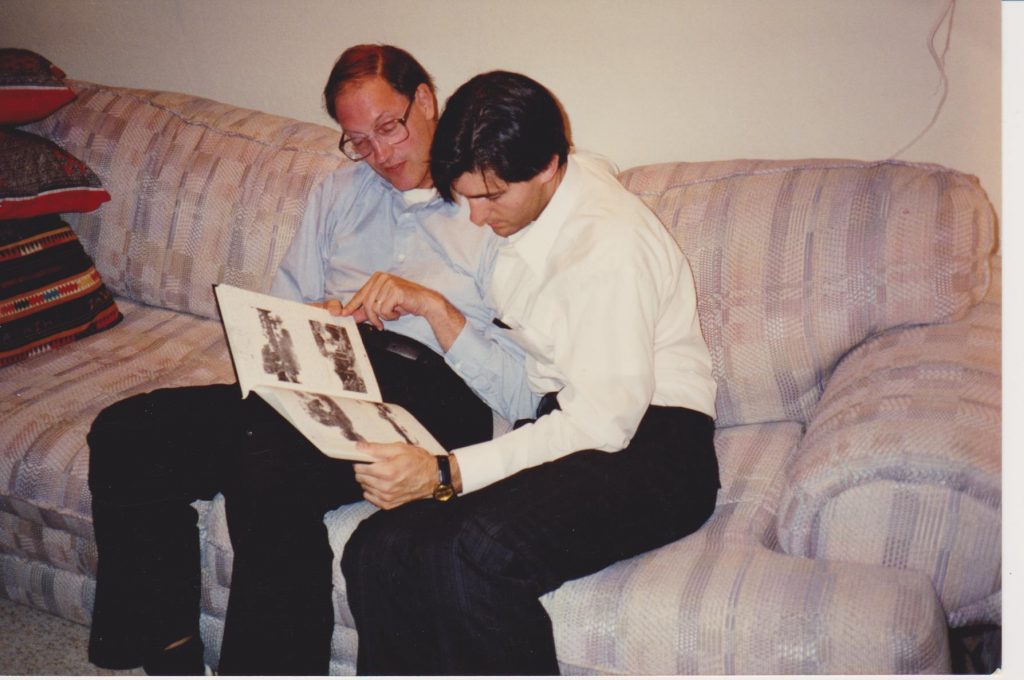
Fig. 1. Our first-born discovering my first postcard book, Images de Guinée, 1991
I never could have predicted that I would produce five books in three countries in three continents. Having worked 42 years in the book publishing industry, my father would have been surprised, too. But he never saw them; he died in 1978. In this picture where I am visiting my son in Menlo Park, CA in 1991, we are going page by page through the first book published by the private sector in the West African country of Guinea (formerly Guinée française). All previous books published in the country were printed by the Imprimerie Nationale – “Patrice Lumumba.” The book was a joint effort with two Frenchmen, a Guinean, and myself, financed by the German government, and published by “EDITIONS MISSION CATHOLIQUE CONAKRY.”
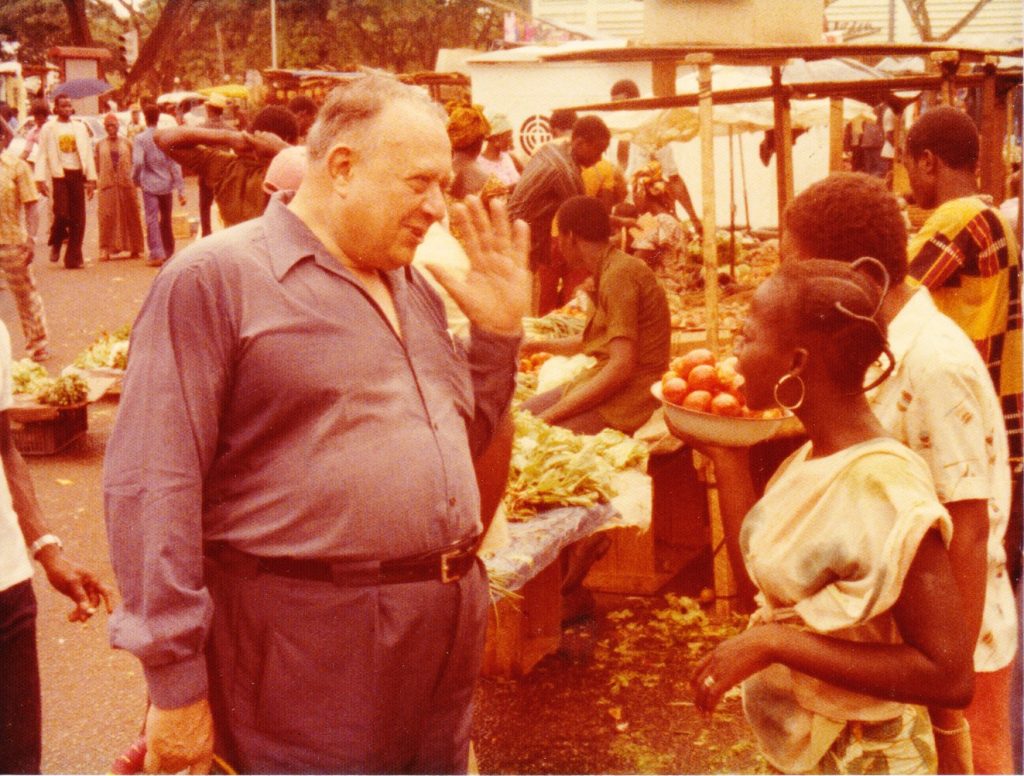
Fig. 2. Our house guest, Maurice Valigny from St. Germain-en-Laye, in Abidjan, Ivory Coast
Maurice Valigny always carried in his back pocket a leather wallet that contained a much-handled slip of paper reading, “Valigny est un homme de valeur, (signed) Ch de Gaulle” from his soldiering exploits days during WWII that caught the General’s eye. Introduced by Stephen “Pat” Belcher, director, I met Valigny at the American Cultural Center, 3 rue Dragon in the 6th arrondissement in 1964. Maurice ran the Pavillon Africain at the Cité Universitaire in Paris that housed African students. He stayed with us a few days in Abidjan in the early 1980s, where he visited with his numerous Ivorian friends. We played French Scrabble, where he astonished us one day by transforming “lama” into “blama.”
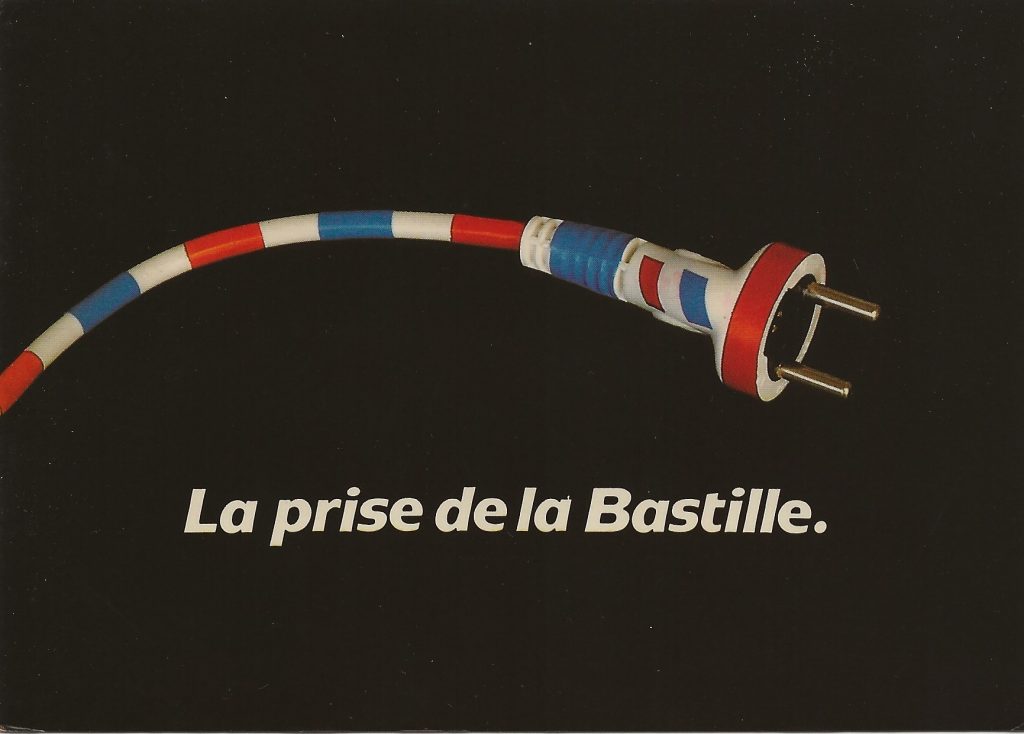
Fig. 3. “La prise de la Bastille” en bleu, blanc, rouge
Postcard #1 is dramatic: white lettering (La prise de la Bastille); the central object (a cord) is a patriotic blue, white, and red; the background pitch black. Le Petit Robert dictionary dates this use of “prise” or capture of the Bastille fortress as coming from the 13th century. The humor in this card relates to the word “prise” which was given to signify the simple wall-plug in the 20th century. A good example of “double entendre.”
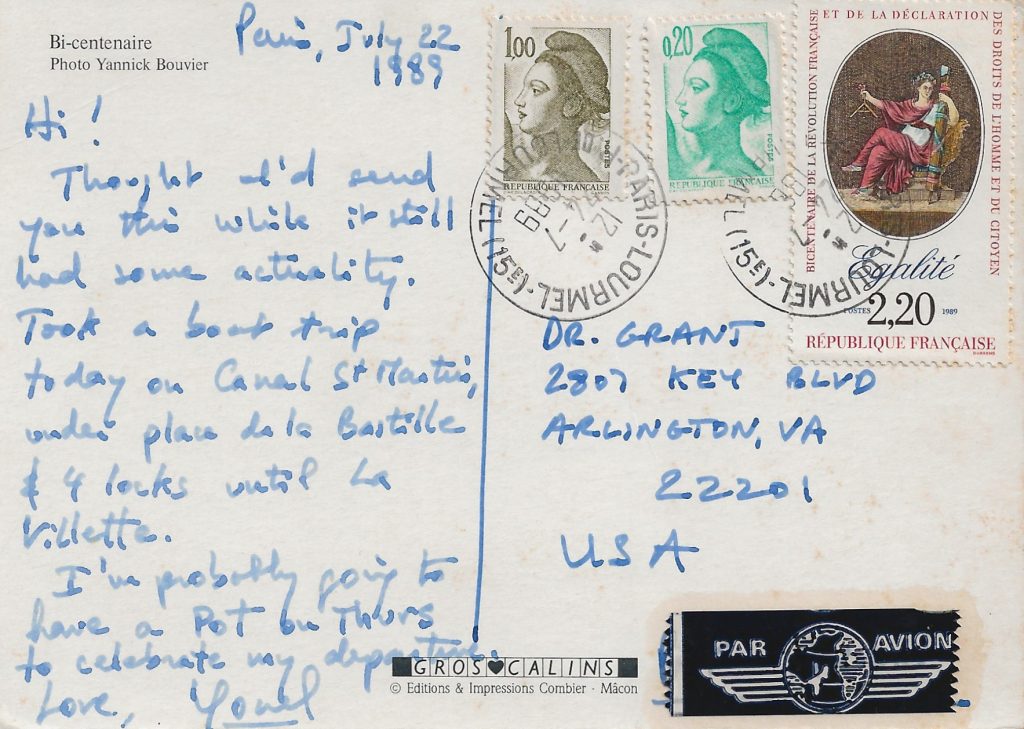
Fig. 4. Message and address side, Paris to Arlington, 1989
Bi-centenaire Photo Yannick Bouvier
GROS CALINS © Editions & Impressions Combier – Mâcon
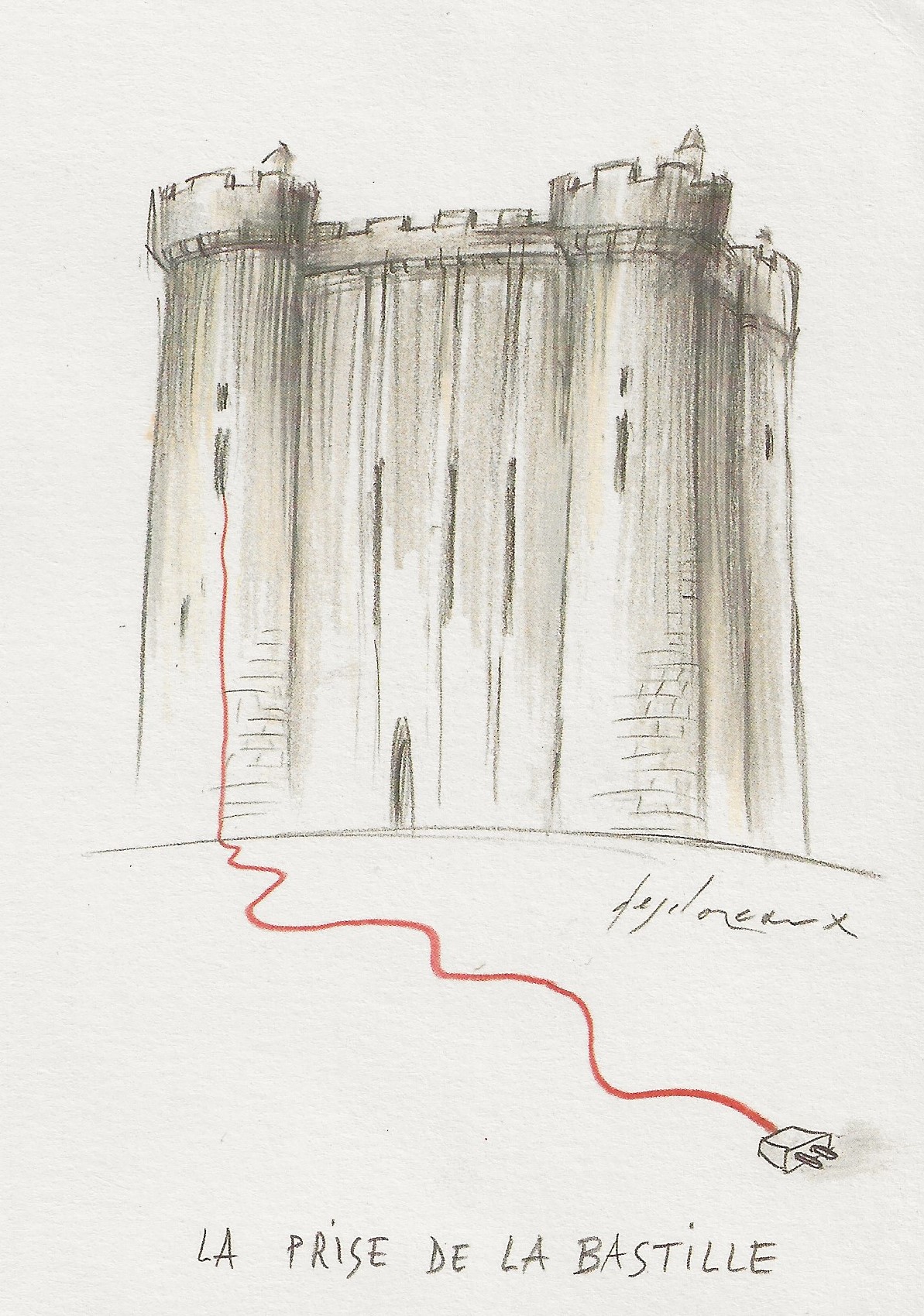
Fig. 5. LA PRISE DE LA BASTILLE, the fortress stormed on July 14, 1789
Postcard #2 used exactly the same caption as Postcard #1, but added a visual link to the medieval fortress. The humor comes from the anachronism of an electrical cord hanging from a fortress arrow loop or loop-hole (meurtrière).
The reverse side of Postcard #2 exhibits these copyright credits:
Desclozeaux / Bicentenaire de la Révolution Française / NOUVELLES IMAGES S.A. éditeurs / 45700 Lombreuil – France © Desclozeaux 1989 / offset printed in France CP 1116.
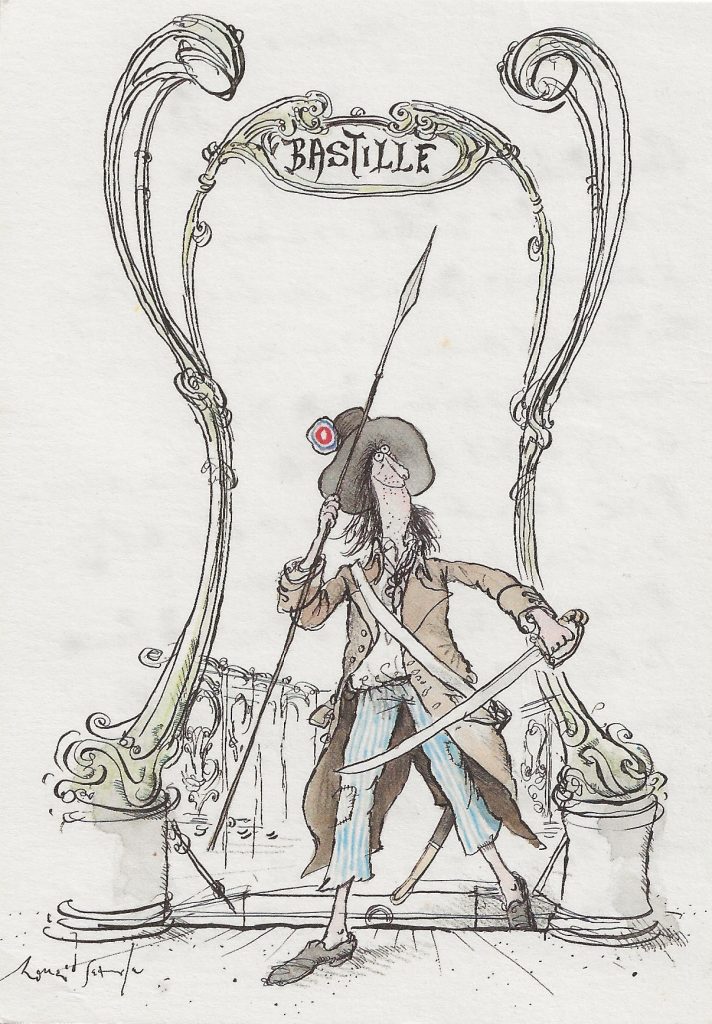
Fig. 6. BASTILLE (as a metro stop in Paris)
Postcard #3 presents a comic character from 1789 brandishing sword and spear as he emerges from the Bastille metro station! Another anachronism. The Bastille metro station was one of the first to open on July 19, 1900, as part of the 1900 Paris Exposition. Hector Guimard designed its ornamental Art Nouveau curves.
The reverse side of Postcard #3 exhibits these copyright credits:
Ronald Searle / Bicentenaire de la Révolution Française / NOUVELLES IMAGES S.A. éditeurs / 45700 Lombreuil – France © Ronald Searle 1989 / offset printed in France CP 1081.
This is the only humorous card Valigny sent me where I will share the message. His first sentence on the reverse of the Bastille metro card refers to my postcard collecting, a habit he refers to as “my vice.” Guilty as charged. The subject of the communication was to convey directions about taking the train from Paris to his provincial home in Berry in central France. “Je suis Berrichon,” he often exclaimed to me. He cited the Très Riches Heures du duc de Berry, famous manuscript illumination from the early 15th century. In May 1989 he planned to go hunting for rabbit in his province. His job after the kill was to clean the prey, where he could be sure all the buckshot was removed. His wife was renowned for her civet de lapin.
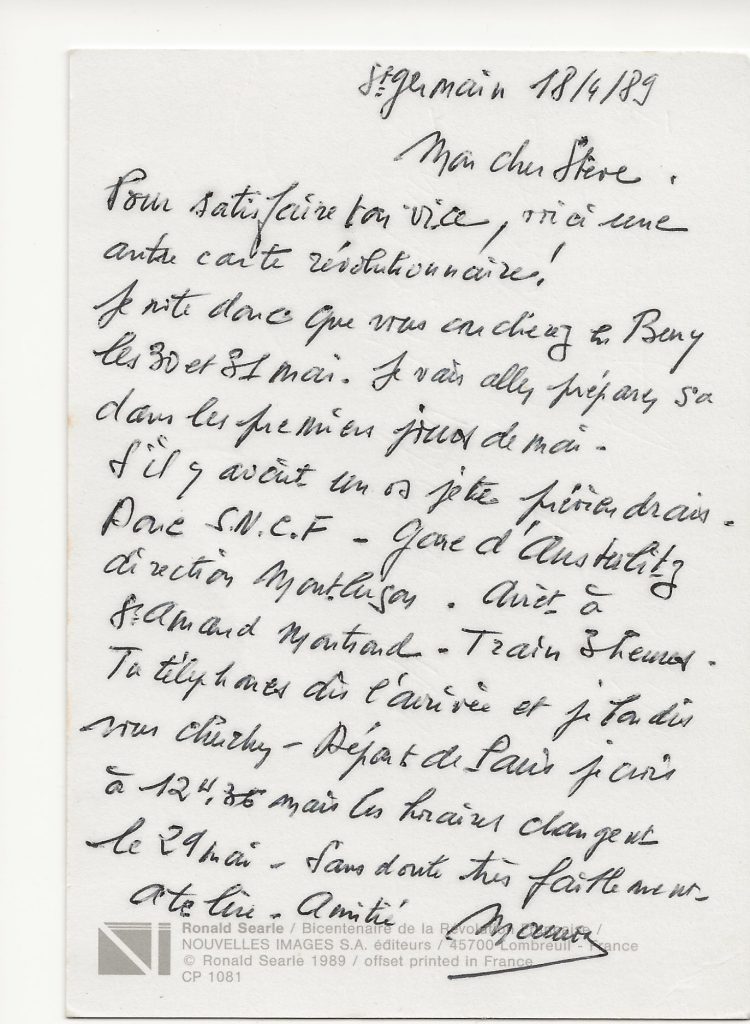
Fig. 7. BASTILLE Maurice Valigny’s message about visiting le Berry
Postcard #4 is more grave for a comic card because a symbol of the French Revolution––the guiillotine––is hugely present. An aged male member of the ancien régime, closely trailed by the chaplain, has somehow managed to climb a railingless ladder in high heels to meet his Maker. Not, however without barking a final order to his financial advisor in the crowd to urgently sell his diamonds.
The reverse side of Postcard #4 exhibits these copyright credits:
Cabu / Bicentenaire de la Révolution Française / NOUVELLES IMAGES S.A. éditeurs / 45700 Lombreuil – France © Cabu 1989 / offset printed in France CP 1104.
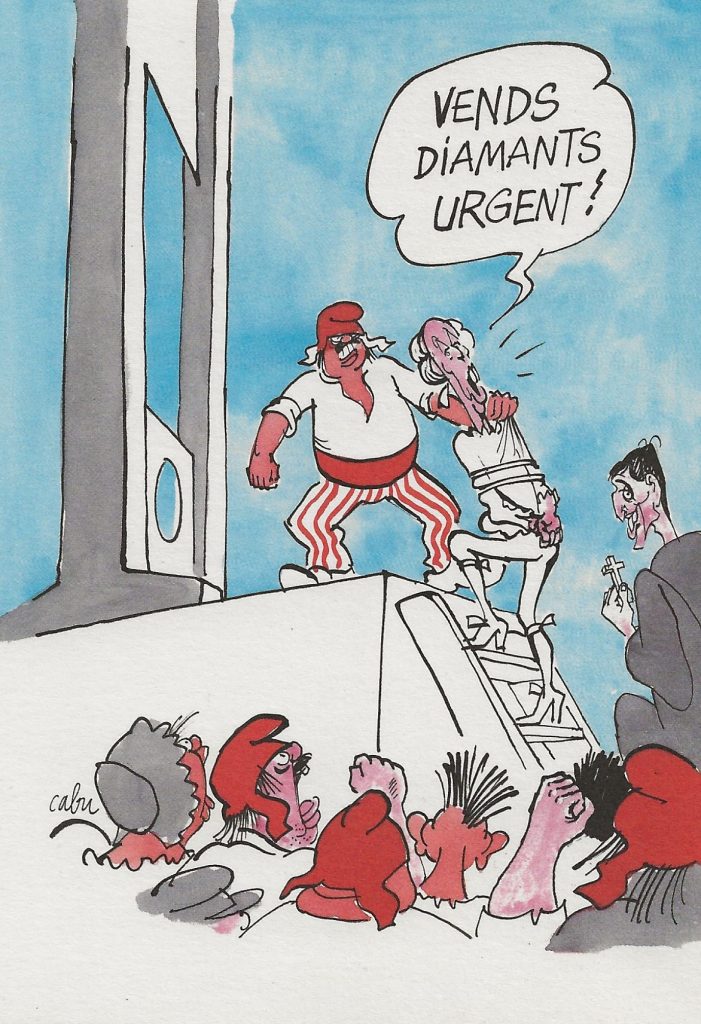
Fig. 8. VENDS DIAMANTS URGENT!
Postcard #5 shows a second drawing by the cartoonist Cabu, who also drew #4; you will immediately see the similarity. The tightly bound bewigged aristocrat on his last wagon ride puffs out his chest, as he withstands vehement shouts from the crowd below and contemplates the last words he hears: “Take heart, polling numbers are on the rise.”
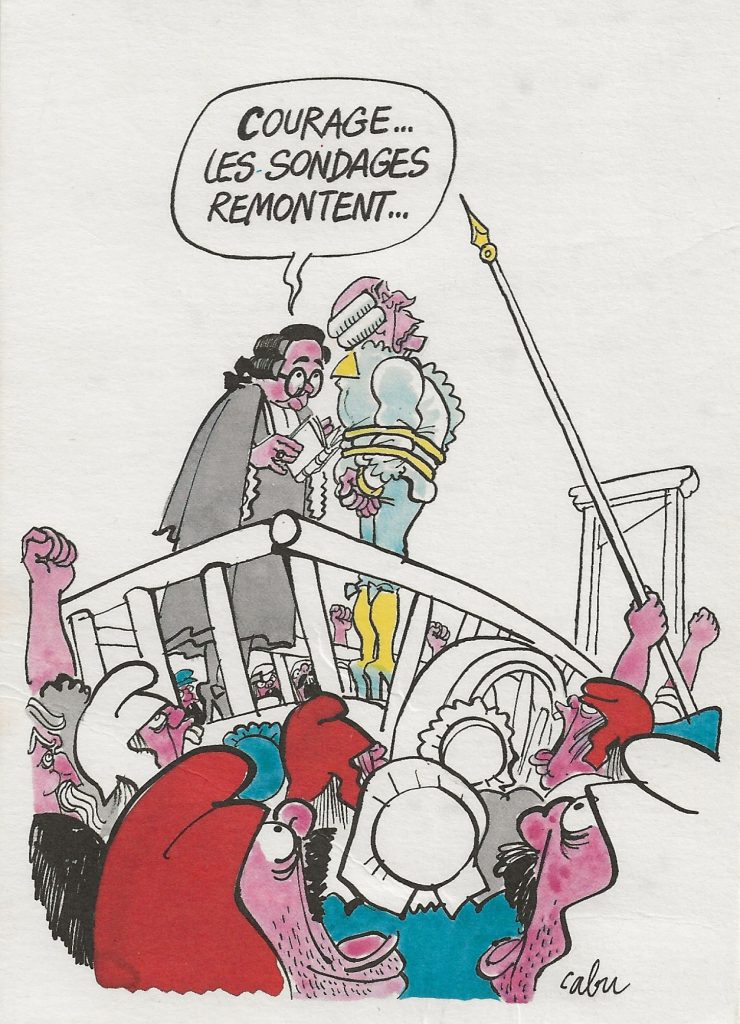
Fig. 9. COURAGE . . . LES SONDAGES REMONTENT . . .
The reverse side of Postcard #5 exhibits these copyright credits:
Cabu / Bicentenaire de la Révolution Française / NOUVELLES IMAGES S.A. éditeurs / 45700 Lombreuil – France © Cabu 1989 / offset printed in France CP 1101.
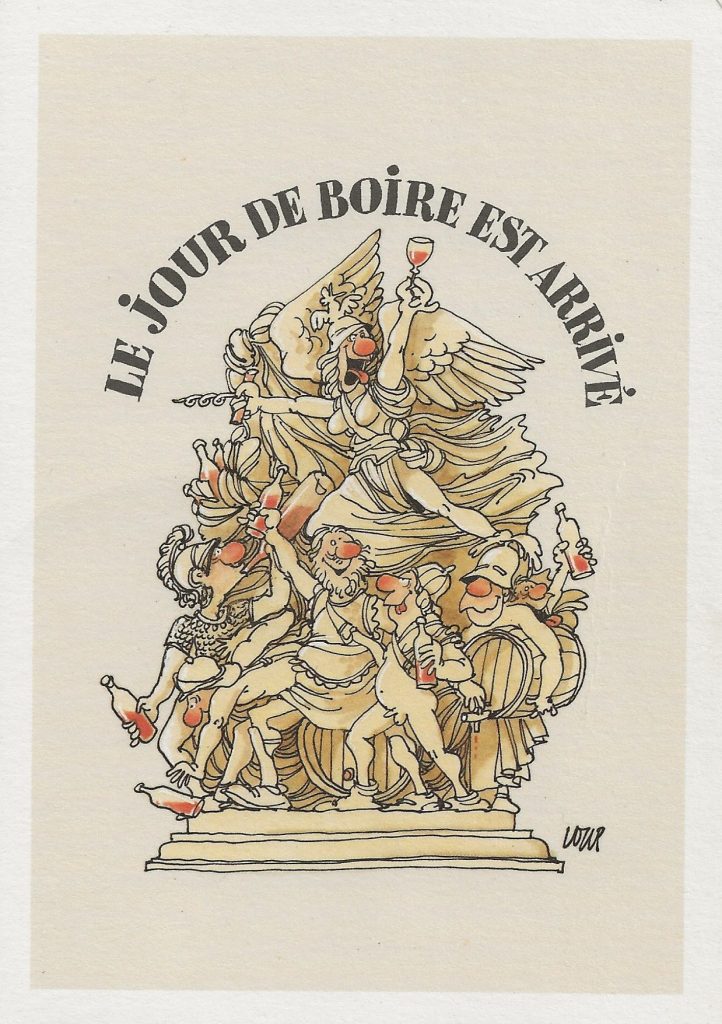
Fig. 10. LE JOUR DE BOIRE EST ARRIVE
After the famous first line of the French national anthem ALLONS ENFANTS DE LA PATRIE comes the less well known second line, “LE JOUR DE GLOIRE EST ARRIVE.” The simple rhyme substitution of BOIRE for GLOIRE by Monsieur Loup makes us crack a smile. Six bottles of rouge, six red noses, and one lifted glass complete the scene.
The reverse side of Postcard #6 exhibits these copyright credits:
Loup / Bicentenaire de la Révolution Française / NOUVELLES IMAGES S.A. éditeurs / 45700 Lombreuil – France © Loup 1989 / offset printed in France CP 1127.
Did you notice the serial numbers on five cards? Let’s look at the range: 1081, 1101, 1104, 1116, 1127. There is a difference of 46 between the lowest and highest serial number. One could speculate that a contract was let to produce 50 postcards in a series, and sub-contracts were made with cartoonists to produce a specific number of cards. Here we have five cards and four cartoonists. Maurice Valigny most likely purchased these Bicentennial postcards at the same place.
Who are the cartoonists? The only one alive today is Jean-Pierre Desclozeaux, 82. He studied poster art in Paris. He also produces watercolors and cartoons. He is responsible for a weekly gastronomic drawing for Le Monde. Jean-Jacques Loup studied Fine Arts in Lyon. Besides being a cartoonist, he was an architect and jazz pianist. Many of his drawings ended up as jig puzzles. Jean Cabut (Cabu) studied art in Paris. His drawings appeared in Charlie Hebdo. Ronald Searle was a British illustrator, painter, and cartoonist in a career lasting 70 years. [Info from Comiclopedia.]
Brittany next time, c’est promis!
COMMENTS:
1 Comment
Submit a Comment
CONNECT

Cher Stephen, le dernier est mon favori: ” Le jour de boire est arrivé”. On peut dire que cela applique directement à nos jours, à ce moment exact. Finalement, le monde est devenu fou. Ce n’est pas seulement Trump; Il n’est qu’un symptôme de la maladie. Enfin, la vanité humaine va conquerir tout. Alors, allons nous noyer ensemble dans une cuve super de bon vin français. Rejoins moi. Voilà notre destin!
Amitiés,
Ton ami incontounable, Dickson